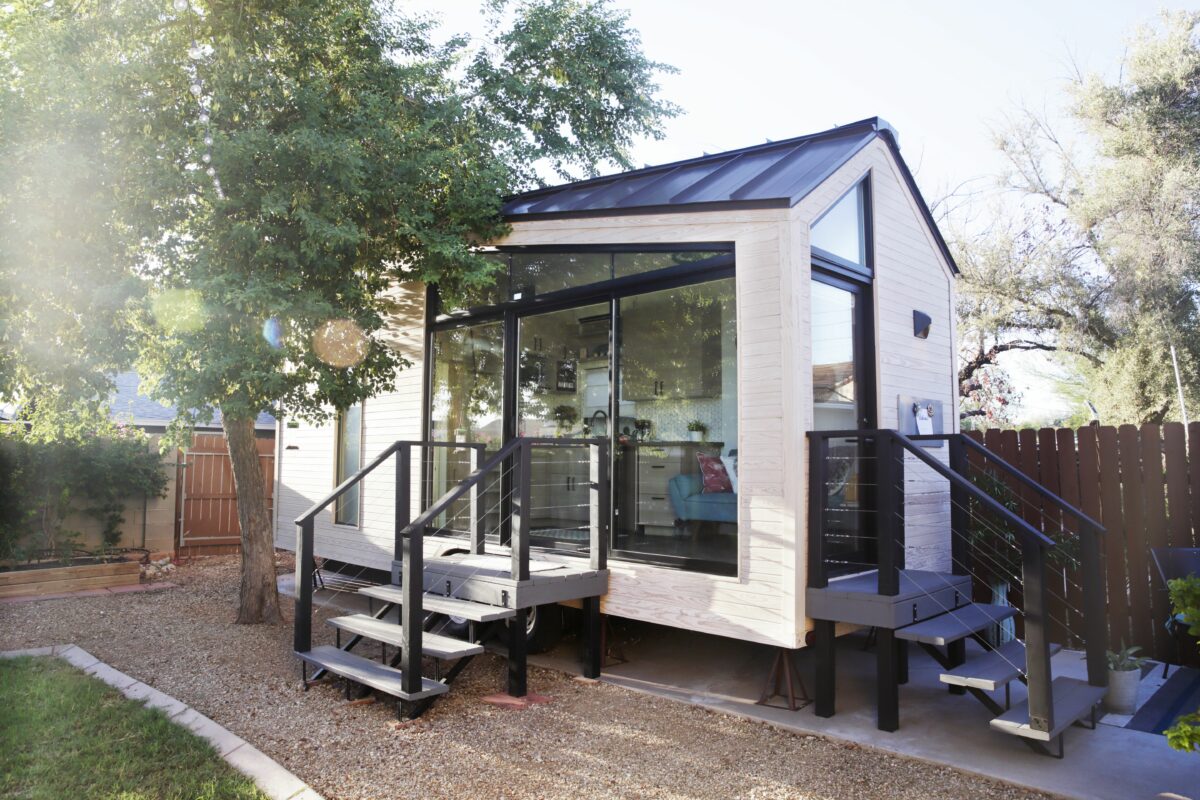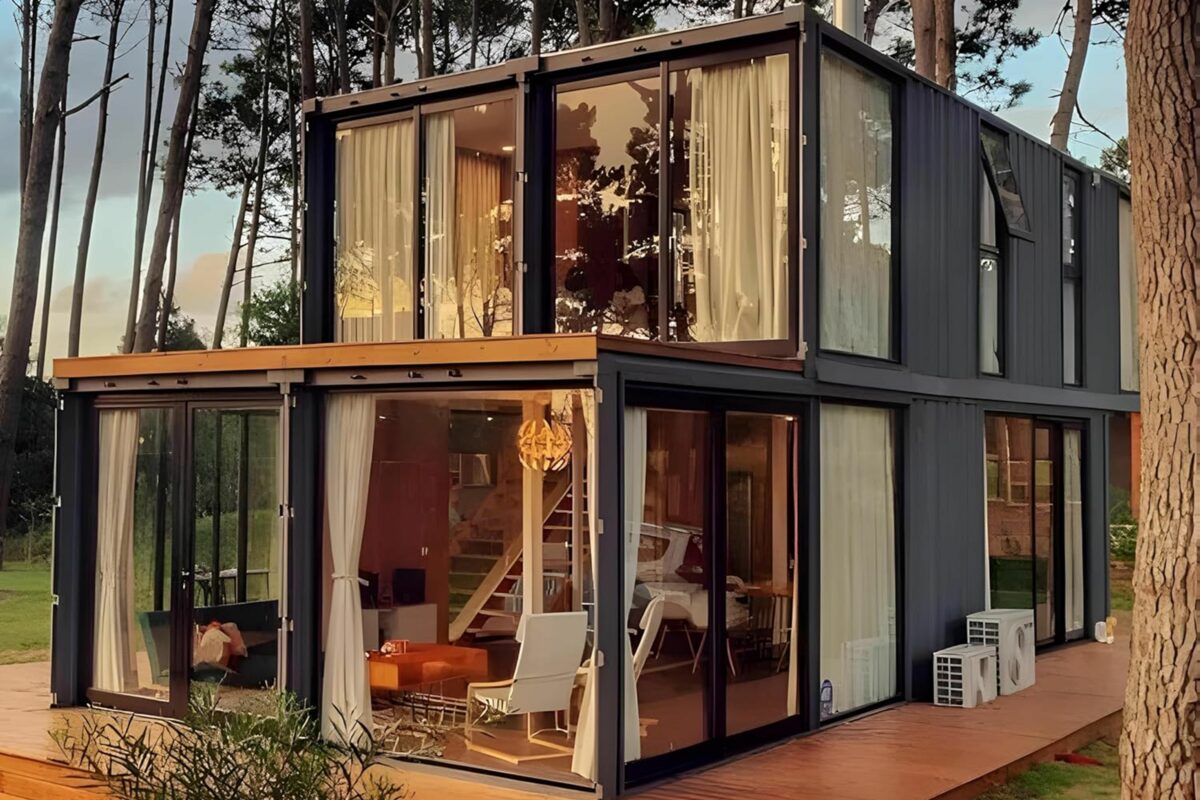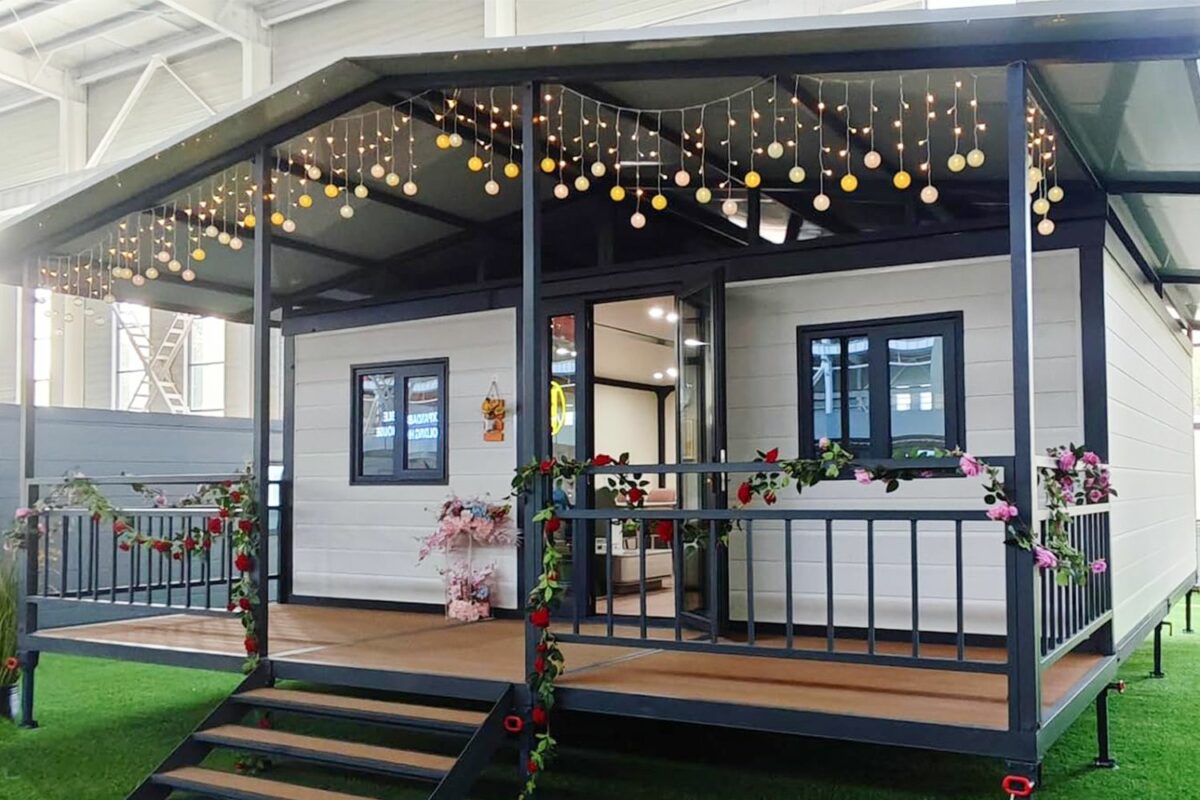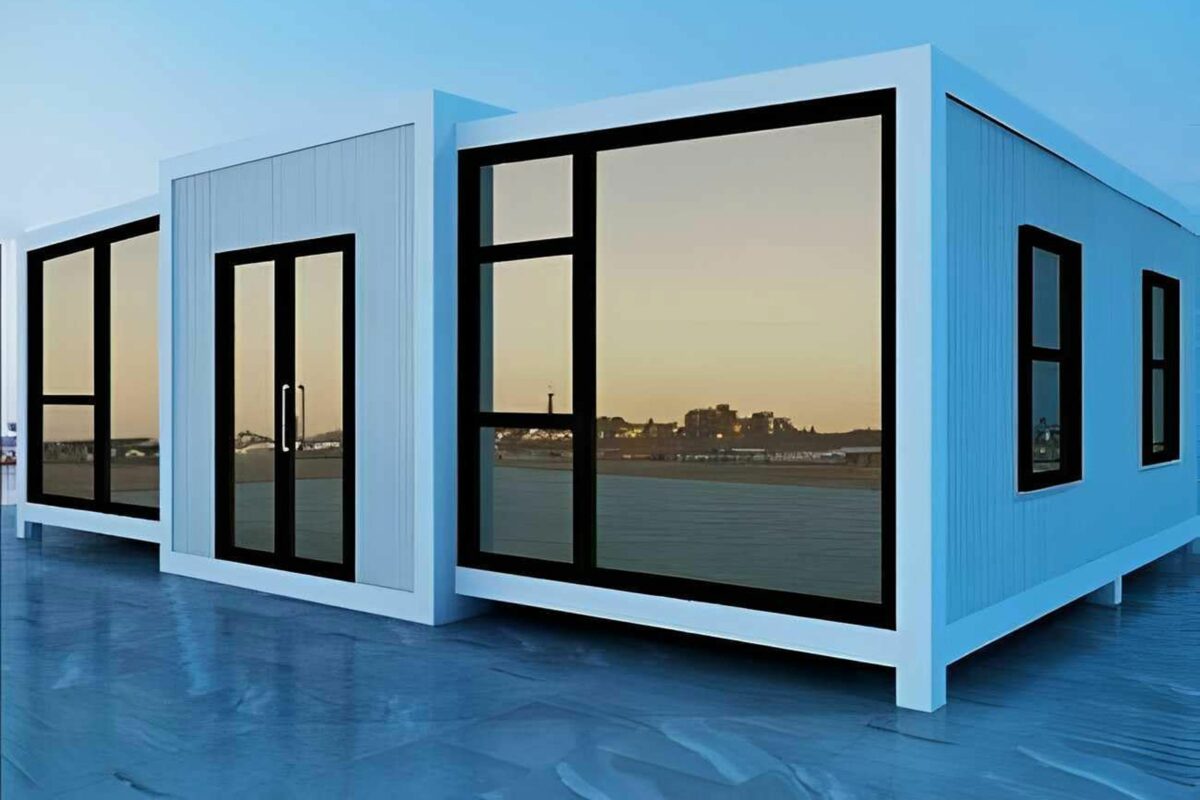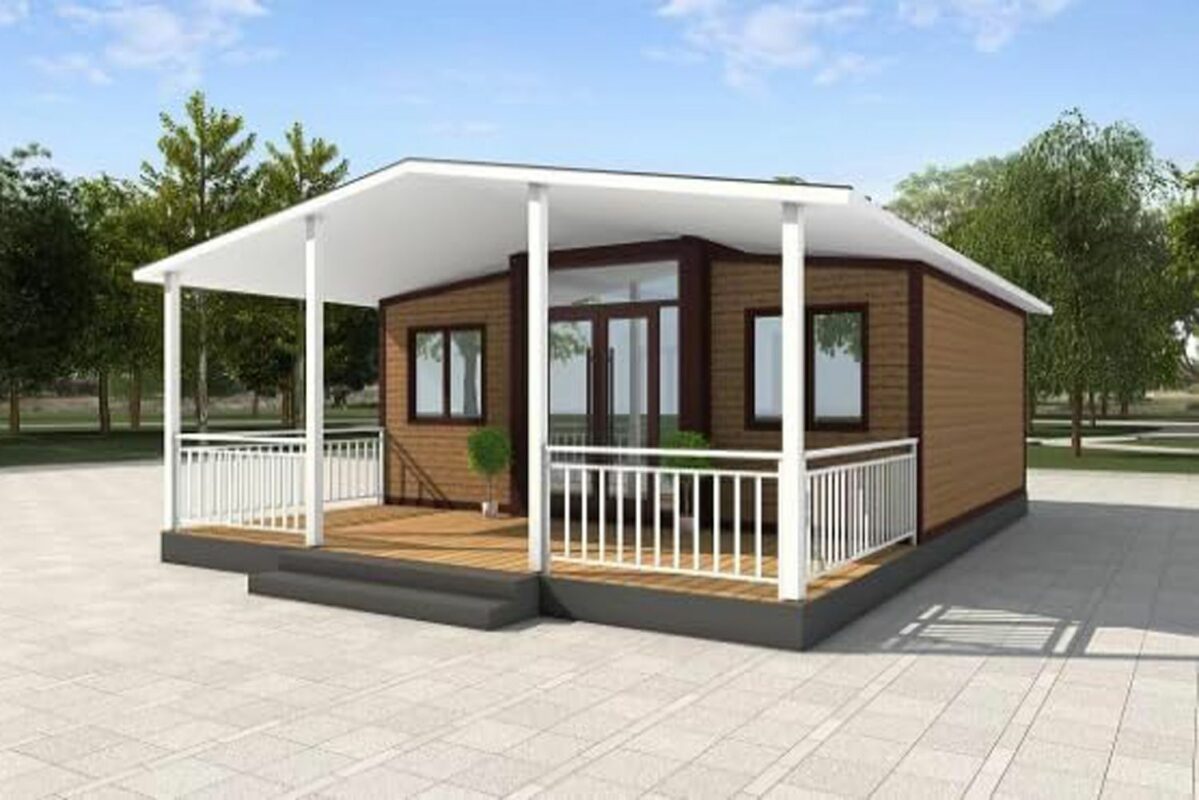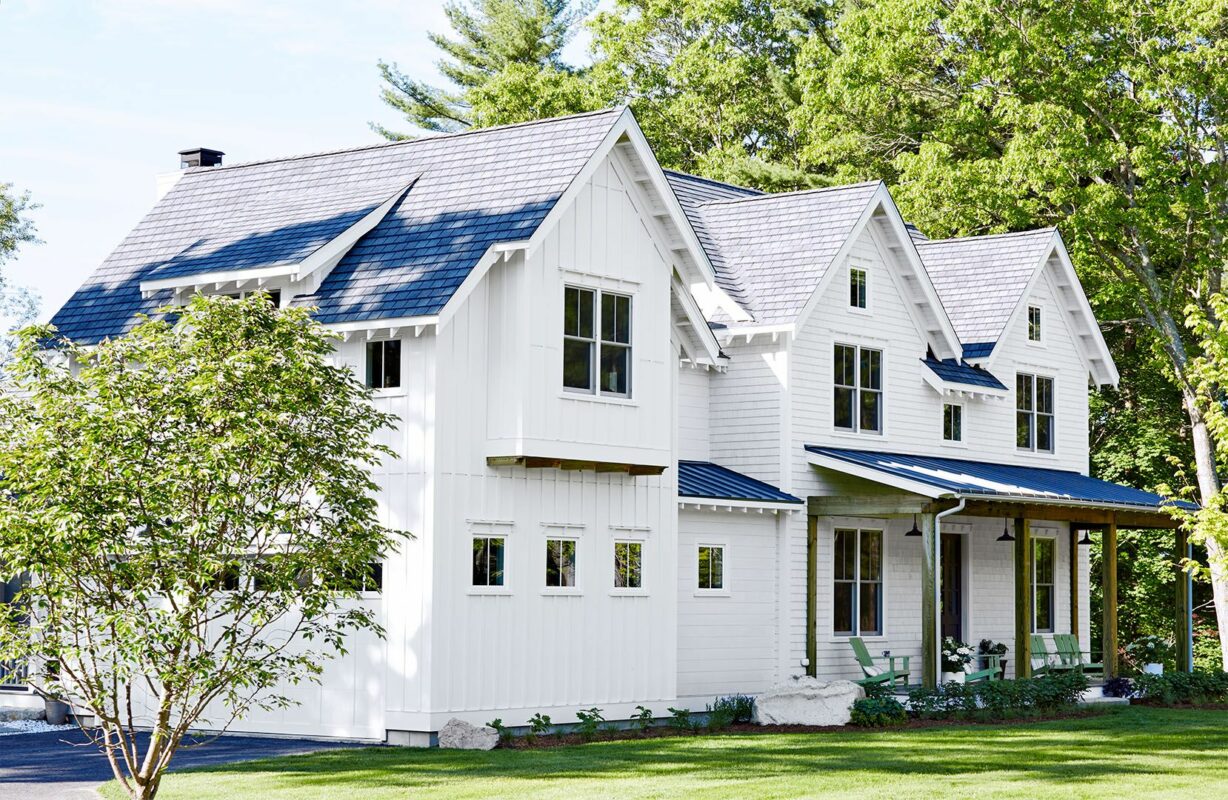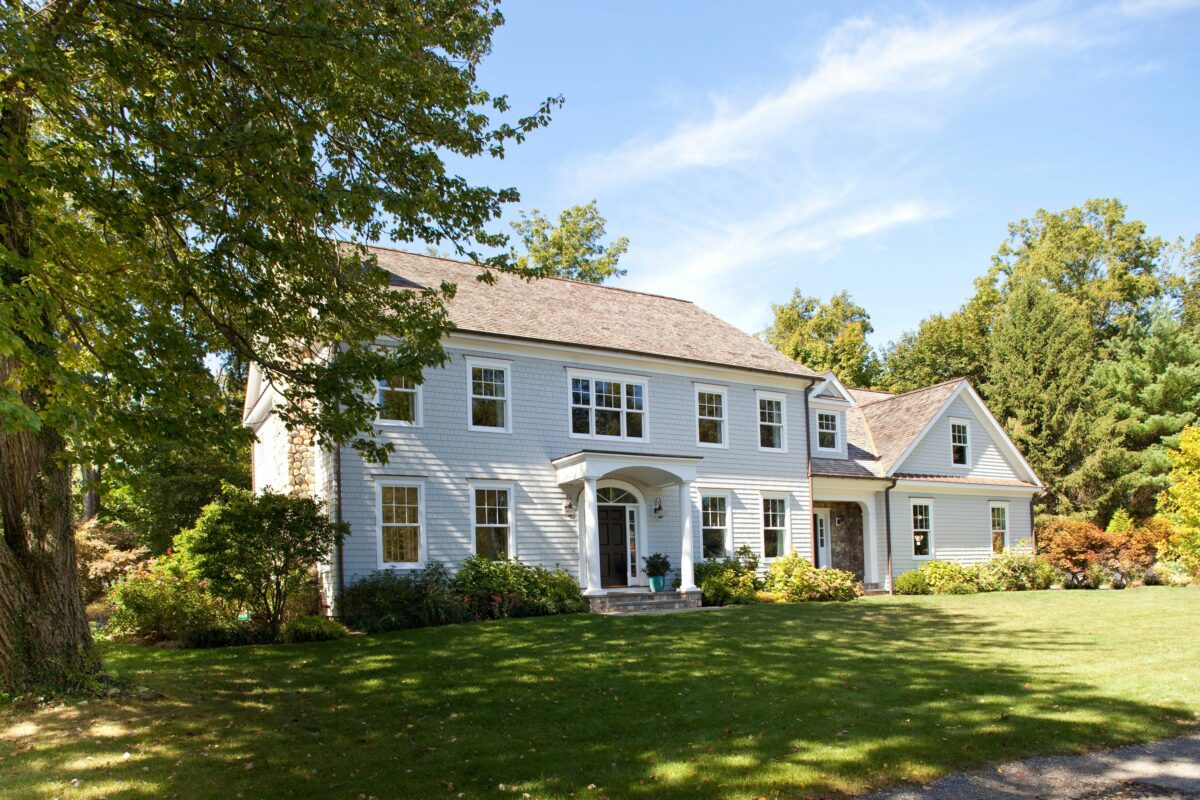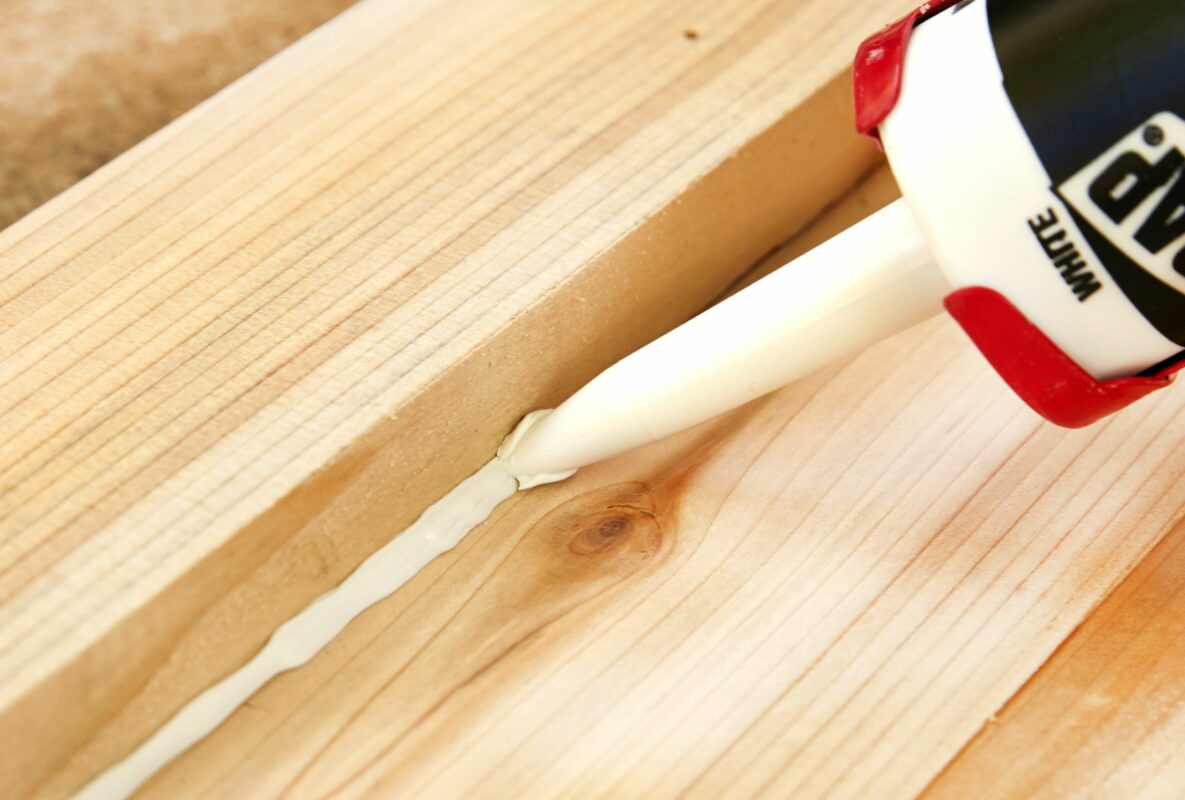Buying a home means finding the perfect structure on the right lot in the most desirable neighborhood at a price you can afford. It can be a daunting task that leads to several concessions. That’s why building a home might be a better option.
So how long does it take to build a home, and how can you speed up or inadvertently delay the process? This article examines how long it takes to build a home from start to finish, with insights from industry experts.
- Alec Hartman is the CEO of Welcome Homes in the New York area.
- Korey Gregory is a construction supervisor at ASAP Restoration, LLC.
- Alex Toth is director of business development at Opendoor.
The Phases of Building a New Home
“From planning through completion, homebuyers should expect somewhere between one to three years, depending on the size, complexity, location, and your contractor’s level of preparedness,” says Alec Hartman, CEO of Welcome Homes.
Understanding the various building phases is necessary to appreciate the length of time it takes to build a home.
Pre-Building Phase
The pre-building phase of your home includes planning and designing the structure and preparing the site. “The pre-construction phase can take as little as one month or as long as a year plus, but usually somewhere in between is a safe bet,” says Korey Gregory, a construction supervisor at ASAP Restoration, LLC.
Getting your lot ready is the next step. “Builders will then prepare for construction to begin,” says Alex Toth, director of business development at Opendoor. “They’ll clean the lot and remove trees, rocks, and other blockers. If the lot was well-kept before the purchase, this part of the process should only take a week or so.”
Building Phase
“The construction phase usually takes around four months to a year,” Gregory says. “This includes site preparation, foundation and framing, roughing in of the structure, interior and exterior work, as well as finishes.” Each of these steps must be inspected.
Toth says this process typically begins by pouring the concrete foundation. “Activity will pause on the home for five to seven days while the foundation is inspected and the concrete cures enough to be built around,” Toth says.
Next is constructing the home’s framing. “From there, electrical, plumbing, HVAC, and insulation teams will come in one at a time, with each needing about a week to complete their work,” Toth says. “Drywalling is the next step, and the amount of time it takes depends on the size of the home.”
The rest of the building includes flooring, countertops, appliances, and other similar items. Details like paint and wallpaper are also completed at this stage. “Installing lights, blinds, and other final touches is the last step,” Toth says. “If a buyer is opting for relatively common features, this will take about two weeks.”
Post-Building Phase
After a home is completed, some work must be done before you can move in. “Once the house is done, buyers conduct a ‘blue tape’ walkthrough, where they go through the home with a close eye and mark any imperfections they’d like the builder to touch up before moving day,” Toth says.
Then, it’s time to clean up. “Post-construction phases can take as little as one month or as long as three to four,” Gregory says. “All the post-construction work is wrapping up odds and ends that need to be completed, and typically this can all be done quickly.”
Factors Affecting the Timeline of Building a Home
The length of time for each home-building project varies greatly based on a variety of factors.
“The timeline for building a home can vary widely from one home to another or one geographical location to another, even in the same city, and from one builder to another,” Gregory says. The number of variables involved in building a home can be extreme, and calculating the timeline is project-specific.”
It can be helpful to look at the factors affecting a home-building timeline.
Permitting
Before you can break ground, you need permission from your local government to begin. “Permitting is a huge factor that most people don’t plan for in the timing of a project or in the financing end of the planning stage,” Gregory says. “Getting approved to build your dream house can take just as much time as fantasizing about all the amenities you want to add to your palace.”
Hartman says permitting is often the biggest wild card in the building process. “We’ve seen permitting take anywhere from two months to over a year, and unfortunately, this is often out of the buyer’s control,” he says.
Home Size, Type, and Features
Typically, smaller homes are easier and quicker to build. Modular homes are also easier to build. “Stick-built homes will usually take longer to do than prefabricated models or modular homes that simply need to be transported and hooked up,” Gregory says.
The more features you add to a home—custom window sizes or additional bathrooms, for example—the longer the project will take because sourcing the materials and specialized labor adds time and money.
Hartman says that the speed at which modular homes can be completed is sometimes overstated. “Modular or prefabricated homes still have a significant off-site assembly period, especially if the buyer is adjusting their customizations. Once the homes are on-site, assembly periods are not negligible,” he says.
Location
Your location in the country could have a significant impact on your timeline because different climates can affect building conditions.
“For example, homes are rarely built during the summertime in Arizona because it’s so brutally hot that it isn’t efficient with labor needing to seek shade after every piece of plywood they put up,” Gregory says. “For climates that are more forgiving, the summer is a great time to build, but the winter not so much.”
Similarly, homes in remote parts of the country might experience delays in sourcing and receiving materials. If your home is going to be located in a remote place, say up in the mountains, this can add to the complexity of the project and the expected turnaround time.
“Site preparation is also a giant factor, and in some cases, it can actually eat up the majority of a project timeline,” Gregory says. “Site preparation is easy for a flat piece of farmland being converted into a single-family home with permitting already in the bag, but in mountainous areas or places that have strict environmental controls, site preparation may take the lion’s share of the timeline.”
Budget
While it’s not always the case, more money can often help speed up a project’s turnaround time.
“Financing and budgeting also play a huge role in the timeline of a project,” Gregory says. “These two factors can make a project take longer or shorter depending on resources, but even when money isn’t an issue, planning around external factors can be a challenge. Things that fall into this category are use of vendors, permitting, material availability, location transportation, and labor availability.”
If you have the money to go with a builder that promises speedy timelines, chances are you can find a team willing and able to build a home quickly. If your budget dictates that you must work with a firm that is busy with several other projects, that might not be the case.
“Your construction team is everything,” Hartman says. “Contractors and subcontractors are the biggest determining factor in the speed, efficiency, and success of a construction project.”
Materials
The types of materials you plan to use in your home renovation and where they’re sourced from can affect the overall timing of your project. Opting for builder-grade materials available at most home improvement stores or building suppliers can speed up the build.
“Material selection and material shortages are both real factors that come into play all the time when building a home,” Gregory says. “These can dramatically increase the total timeline for a project’s completion. Sometimes, customers, knowing that this will be the one house they will ever build from scratch, agonize over every decision. Making decisions quickly on these projects can keep everything running smoothly until there is a materials shortage, and then everything can potentially grind to a halt.”
However, if you opt for custom finishes, such as high-end countertops or light fixtures, your turnaround time could be extended.
“When a customer wants a specific kitchen cabinet, but they won’t be ready and built for three more months, then nothing else in the kitchen can move forward until after they are built, delivered, and installed,” Gregory adds.
Delays
Every project is prone to hiccups, and building a home is no exception. “What looks good on paper may not look good in real life when a client is seeing it for the first time in person,” Gregory says. “When that happens, they will often choose to extend the timeline by changing the scope of the project to make whatever it is that they don’t like into something that they do again.”
Don’t forget acts of God. “Weather fluctuations, particularly during winter, can lead to significant construction delays, especially for tasks affected by precipitation, like foundation work,” Hartman says.
The Average Length of Time to Build a Home
Because there are so many variables affecting the building of a home, it isn’t easy to offer an estimate. “Once your permits are in-hand, the construction process can take anywhere between seven and 12 months, depending on the size and complexity of the home,” Hartman says.
Homes designed as part of larger developments are often quicker to build than custom homes.
Gregory estimates that all together, the pre-building, building, and post-building phases can take between six months and 2.5 years. You can speed up the process by making decisions quickly, paying invoices on time, and staying in close contact with your builders. Contractors say buyers can speed up a home-building project timeline by being easy to communicate with and readily available.
“Communication goes both ways,” Gregory says. If a project can’t proceed until a customer chooses this paint or that one, but the builder can’t reach them, the project grinds to a standstill until they do, and the decision is made.”
Another way to speed up the process is to relinquish some control.
“It’s understandable that buyers want to be deeply involved in the process—after all, it’s an exciting time,” Toth says. “But to keep timelines on schedule, buyers should let builders make executive decisions when necessary and refrain from asking to be involved in every small detail. This is why it’s so critical that buyers are detailed with their builder from the beginning. If they clearly convey their vision during the planning stages, the builder can bring it to life with less oversight down the road.”



